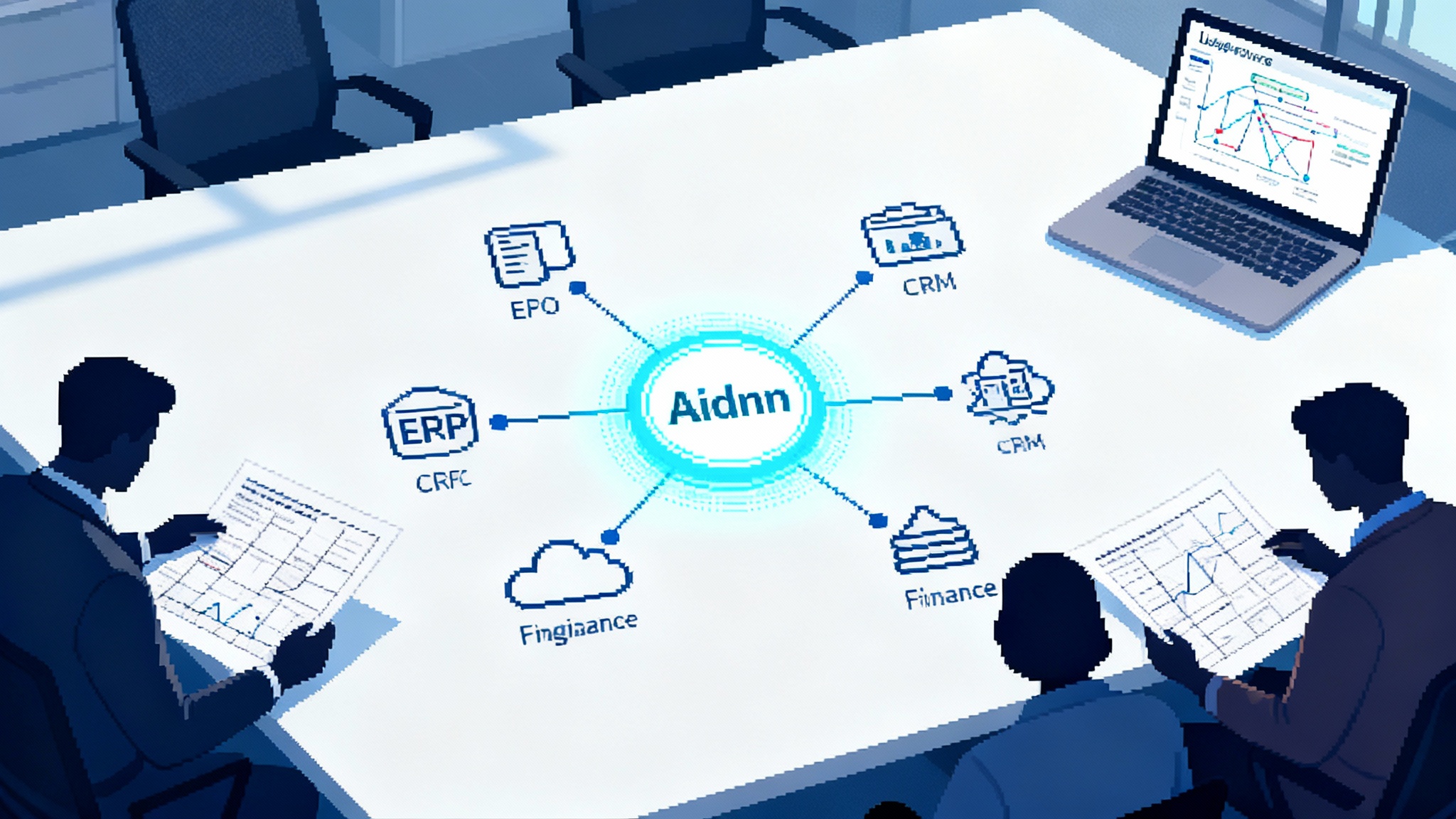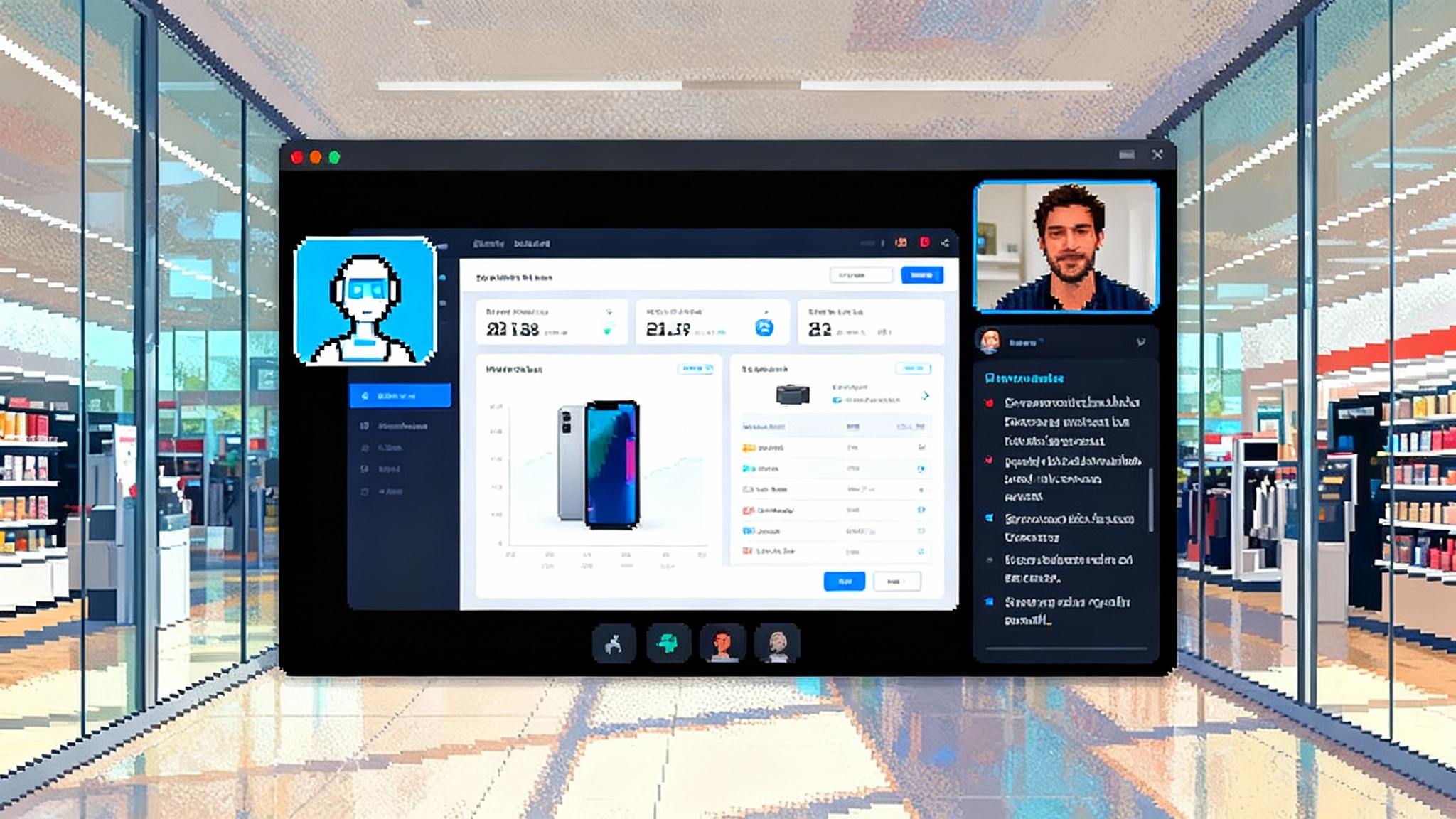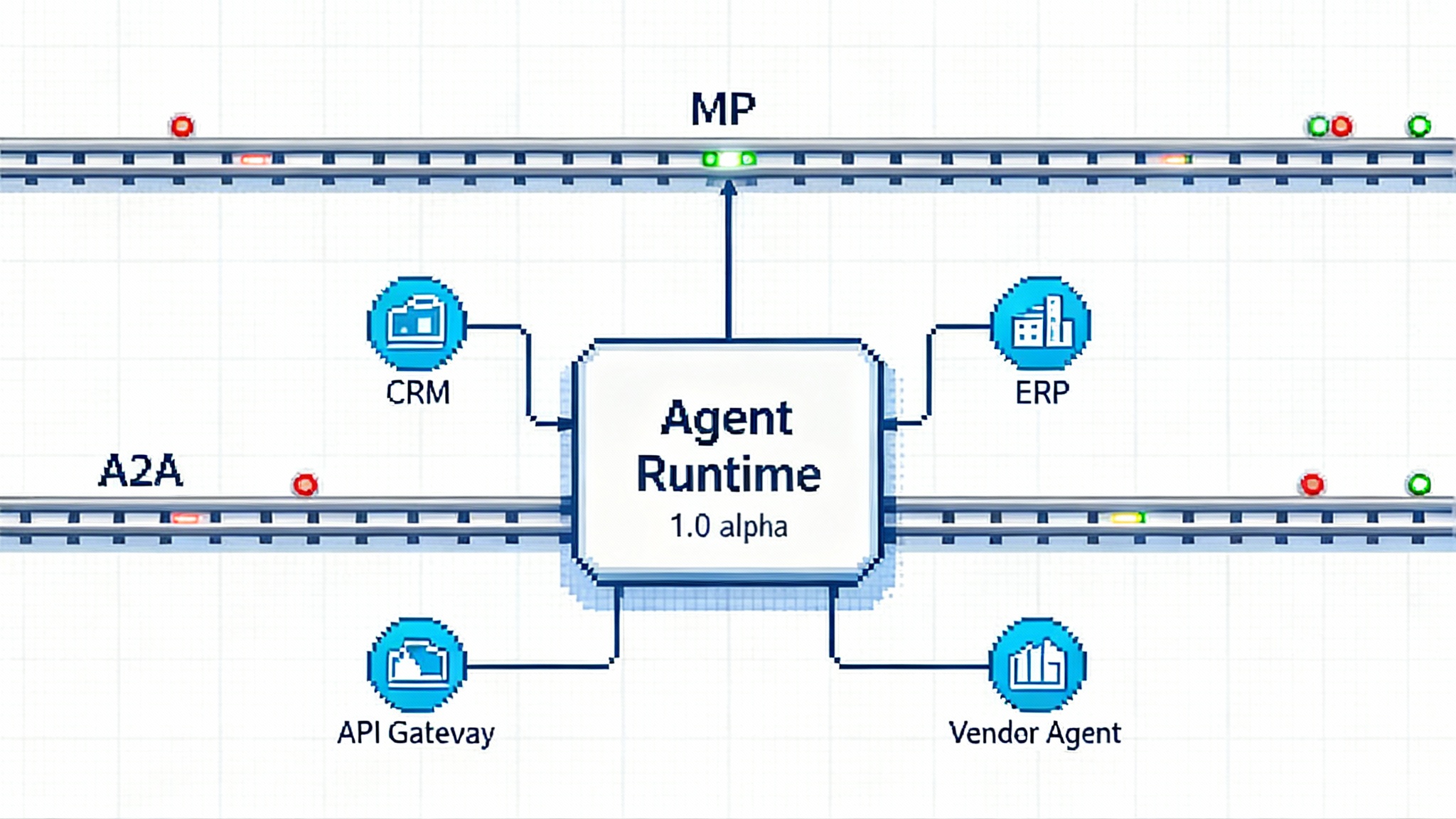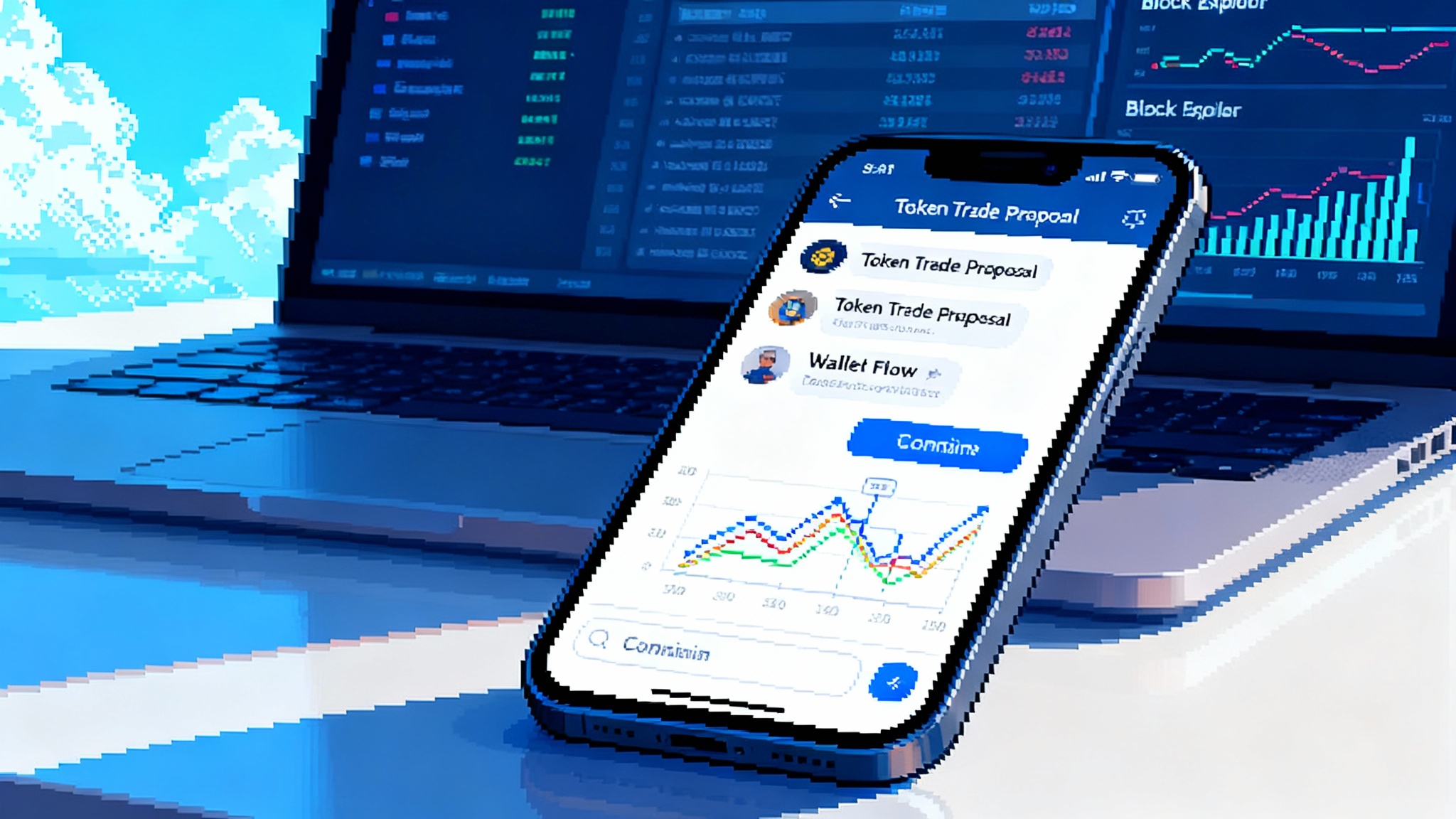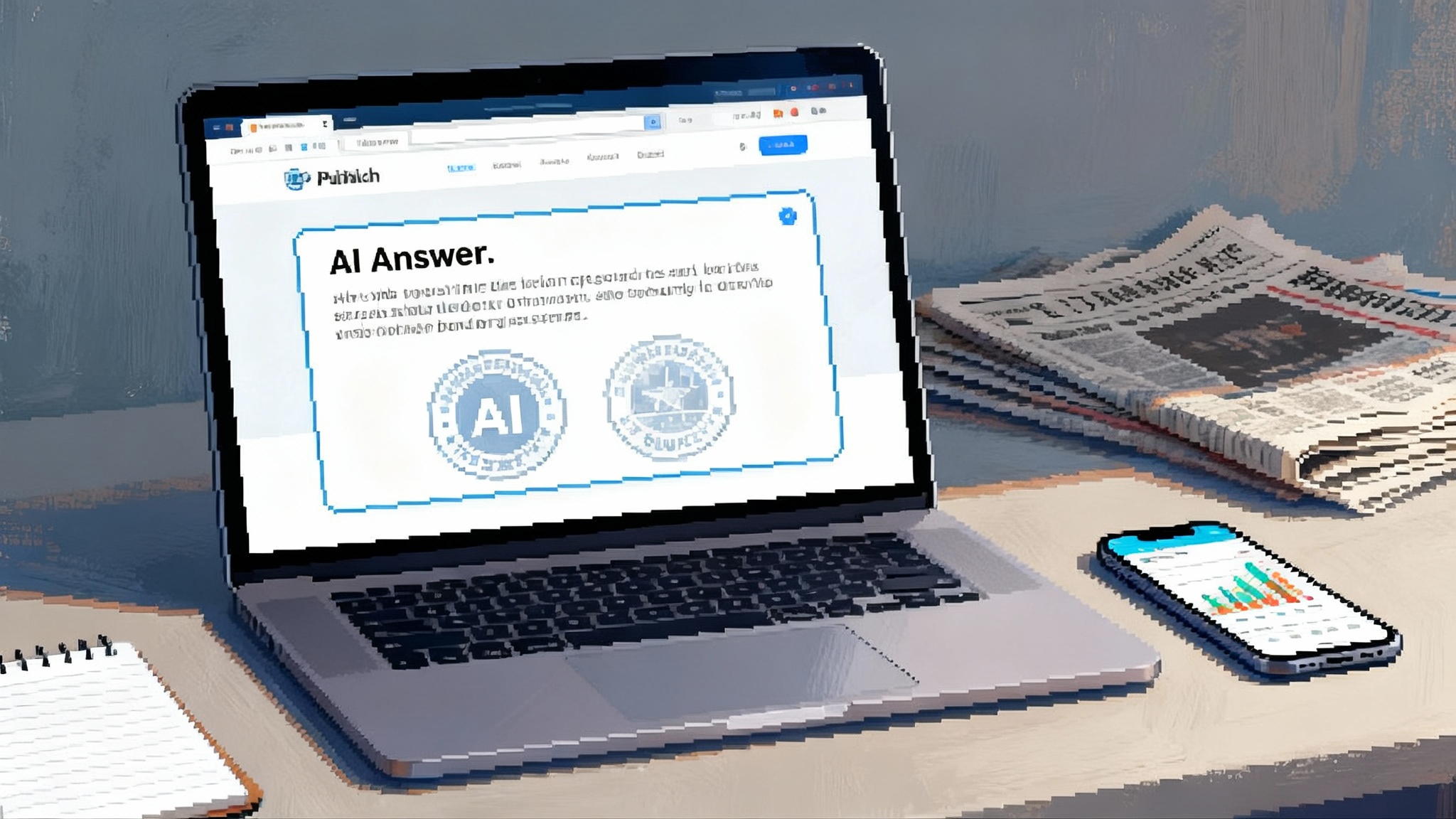Teable 2.0 Ushers in the Database Native Agent Era
Teable 2.0 introduces a database-native AI agent that designs schemas, runs analytics, and triggers governed automations with row and field permissions. Learn why this shift matters and how to pilot it with confidence.
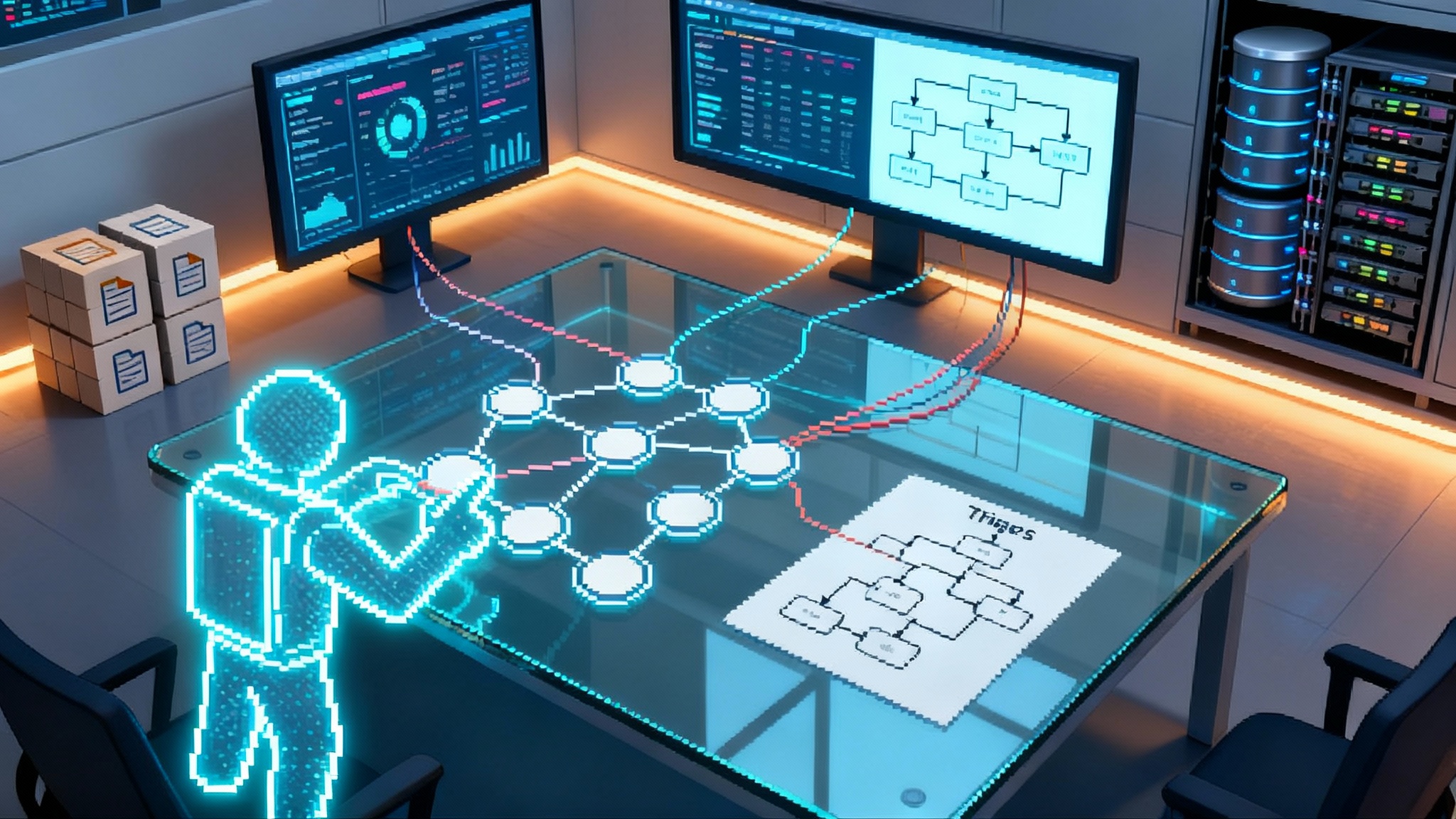
Breaking: Teable 2.0 makes databases agent native
On September 16, 2025, Teable introduced 2.0 and framed it as an AI database agent designed to operate directly where your work and data live. Instead of a chatbot that reads documents and drafts answers, Teable’s agent proposes and modifies schemas, runs analytics, and executes production automations under the same permissions your team already uses. If you want the official framing, read the concise Teable 2.0 announcement.
The headline is not just branding. It signals a move from read only copilots to do work agents that can safely write to the systems of record. In practical terms, the agent can create and evolve tables, populate and transform data, orchestrate scheduled jobs, and respect row level and field level permissions while doing so. This is about throughput, not just insight.
From chat plus retrieval to do work agents
The first wave of enterprise AI rode on chat plus retrieval augmented generation. That pattern pairs a model with search over your documents to answer questions. It works well for knowledge discovery and support deflection, but it tends to stop short of taking action. You feel the ceiling when an answer needs to become a row in a sales pipeline, a status change in a claims ledger, or an update to inventory. Knowledge without writes stays ornamental.
Database native agents change the center of gravity. Think of the agent as a diligent teammate who sits in your database with a stack of checklists. It can propose a schema change, draft a dashboard, or kick off a job, then carry out the steps under the same access rules your analysts and operators follow. If retrieval augmented generation is your librarian, a database native agent is the circulation desk plus the freight elevator and the key ring.
This evolution mirrors what we have seen elsewhere in the agent ecosystem. Teams pushing toward production have been investing in stronger backbones and guardrails, from the production shift for agents to opinionated takes on agent-native security patterns. Database native agents extend that push into the operational core.
What Teable 2.0 actually does today
Here is a plain language tour for teams evaluating a pilot in Q4 2025.
- Talk to build schemas: Describe entities and relationships and the agent scaffolds tables, fields, and links. This is useful for greenfield projects and for consolidating scattered spreadsheets into a coherent base.
- Dashboards and analytics: The agent can assemble charts and summaries that update as data changes. That turns one off insights into living metrics that operators actually check.
- Intelligent automations: Triggers include record created, record updated, form submitted, and scheduled timers. Conditions route logic. Actions update data, notify people, call webhooks, or invoke an AI step. The database becomes a control plane that quietly gets work done.
- Button field as a safe lever: Each row can expose a button that non editors can click to trigger a tightly scoped automation. This is useful for approvals, exceptions, or partner actions without granting broad write access.
- Row and field level permissions: Admins define roles and restrict view, update, and delete rights with filters and toggles at fine granularity. This matters when agents operate in shared environments but should only see and touch what they need.
Put together, these pieces make Teable feel less like a smart spreadsheet and more like an operations surface with guardrails. Your support team can push a refund button that fires a webhook, updates a ledger, and writes a reason code. Your revenue operations analyst can describe a new lead qualification rule and have the agent both modify the schema and schedule a nightly backfill. Your marketing manager can schedule batch asset generation that lands in a table, tagged and versioned, with a button to send to a channel once approved.
The emerging stack: files, databases, and the agent runtime
Teable is not launching into a vacuum. Two adjacent trends describe the terrain and hint at where the stack is consolidating.
- File layer for agents: Modern agent stacks are adding file servers that provide real time, permissioned access to documents, along with optical character recognition and structured extraction for downstream automation. The point is not chat with a file. It is ingest, classify, and route at production speed so that files become rows an agent can act on.
- Database connectors as managed infrastructure: In early 2025, Google introduced a project that centralizes how agents connect to relational and graph stores with security, observability, and connection management. It supports managed services such as AlloyDB and Cloud SQL as well as self managed PostgreSQL and MySQL. For a useful overview, see the Gen AI Toolbox for Databases.
Teable sits a layer above those services. Where the access layer unifies connections and security, a database native agent like Teable unifies the work surface. It does not just connect. It builds schema, runs analytics, and executes automations inside a governed base. The file layer transforms receipts, contracts, and images into structured rows. The access layer standardizes authentication, routes queries, and emits telemetry. The operations layer gives agents a home where the data lives, governed by roles, permissions, and an execution log.
If your team is already exploring local devices as part of your stack, you will recognize echoes of local-first agent browsing. The unifying theme is simple: agents become useful when they live close to data and actions under strong controls.
Concrete comparisons you can use in a buy meeting
-
Primary purpose
- Teable: Operate on operational data with schema changes, analytics, and automations that write back to tables.
- File servers for agents: Convert unstructured files into structured data and expose file operations to agents.
- Database toolboxes: Provide a secure, observable bridge between agents and databases.
-
Unit of work
- Teable: Row and workflow. Example: create an Opportunity row, populate fields from a lead, route for approval, and post to a system of record.
- File servers: Document and extraction pipeline. Example: parse a receipt, validate fields, attach to a vendor row.
- Database toolboxes: Connection and tool. Example: provision a read write connection to a Postgres database with policy and logs.
-
Governance surface
- Teable: Role based, row level, and field level permissions with buttons as constrained actuators, plus automation logs.
- File servers: Agent facing file controls and validation across the ingestion pipeline.
- Database toolboxes: OAuth based access, unified observability, and standardized adapters across databases.
Build versus buy for data ops agents
Startups and scaleups have two viable paths. Both can work. Choose based on what you must control and what you can outsource.
When to build
- You must embed unique domain logic deep in your transactional flow. For example, you run a marketplace where fees, holds, and risk rules are proprietary and change weekly.
- You need hard guarantees around transaction semantics across services. You plan to enforce idempotency, retries, and compensating actions and you want a custom ledger for agent decisions.
- You already run a strong platform team with secrets management, role based access control, and observability. If you can staff one senior engineer for each of security, data platform, and agent orchestration, building can pay off.
How to build well
- Standardize interfaces: Adopt consistent tool contracts for files and databases so you avoid custom adapters. Treat those contracts as testable, auditable APIs.
- Enforce least privilege at the tool level: Every agent tool should take a scoped token, a specific table name, a filtered predicate, and a reason string for the ledger.
- Add guardrails at three layers: Pre action policy checks, dry run simulation with a diff, and post action monitors that roll back on anomaly.
- Make writes observable: Emit telemetry for every agent action with attributes for model, prompt hash, tool name, row count, and duration. Tie this to alerting.
- Treat prompts as code: Version them, test them, and require approvals for changes that touch write paths.
When to buy
- You want time to value. Your team has frontline workflows trapped in spreadsheets and email and you need a governed way to automate in weeks, not quarters.
- You prefer an operations surface with built in permissions, logs, and buttons that let non editors trigger safe actions.
- You plan to start with light schema work and grow into stronger analytics and scheduled jobs.
How to buy well
- Demand row level and field level permissions, visible logs, and a clear separation between who can view a row and who can trigger an action.
- Check for scheduled triggers, form submitted triggers, and record change triggers. You will need all three for real operations.
- Require an exit plan. You should be able to export schema, data, and automation definitions as code.
- Verify private deployment or virtual private cloud options and ask for a list of certifications and regions supported.
Governance and auditability that stand up in a board review
If you adopt database native agents, your governance story must be stronger than your automation story. Use this checklist to stay ahead of audits and incidents.
- Role and record scope: Every agent identity maps to a role. You set row filters and field masks per role.
- Simulation and dry runs: Agents simulate schema migrations and bulk updates, produce a diff, and require a human click for approval above a threshold.
- Action ledger: Every action writes an immutable log with who, why, what rows, and what changed. Human and agent actions share the same table.
- Prompt and model versions: Record prompt template hashes, model versions, and tool versions for every action.
- Idempotency keys and retries: Tools must take idempotency keys. Retries use the same key. Compensations are explicit records.
- Data boundaries: Clarify which data can leave your virtual private cloud and under what legal bases. Keep a register of integrations and their data categories.
- Two person unlocks: Buttons that trigger high risk actions require two distinct roles to click within a window.
- Progressive permissions: Start agents in read only mode, move to propose mode with a button click, and only then allow autonomous actions under thresholds.
These controls are how you scale past the first successful automation without fear.
Why tying agents to transactional stores unlocks real automation in 2026
Read only copilots create insight. Write capable, governed agents create throughput. The difference shows up in cycle time and error rate.
- Trigger latency falls: When the agent lives next to the data and has a scheduler, it reacts in seconds or minutes without brittle glue code. Abandoned cart campaigns run on time. Fraud holds apply before settlement.
- Schema awareness improves decisions: The agent can reason over constraints, foreign keys, and enumerations. That means fewer malformed updates and more consistent downstream analytics.
- Referential integrity holds: Acting through a database surface with permissions and transactions avoids the fragile dance of microservices passing payloads around without a shared truth.
If you are weighing the shape of your 2026 roadmap, connect this shift to trends we have covered elsewhere. Security teams are adopting explicit controls for agents inside production environments, echoed in our look at agent-native security patterns. Builders are hardening orchestration and evaluation, captured in the broader production shift for agents. Together, these changes clear the runway for database native agents to move numbers in transactional stores safely.
Examples you can pilot now
- Finance operations: A button on each reimbursement row triggers validation, flags anomalies, and posts approved entries to the ledger. Row visibility keeps sensitive data scoped.
- Revenue operations: The agent scores leads, writes back a score and reason, and auto creates opportunities only when a ruleset and a confidence threshold hit. A nightly job backfills any changes to keep analytics aligned.
- Returns and warranty: A form submission creates a return row, the agent matches it to a purchase, schedules a pickup, and moves the order state forward. Supervisors can override with a second click.
- Field service: Technicians submit a mobile form, the agent enriches the record with parts availability, and an automation schedules follow up when stock arrives. Buttons let dispatch escalate exceptions without broad write access.
- Compliance reviews: The agent assembles quarterly evidence by querying relevant tables, generates a summary dashboard, and schedules approvals. Every action lands in the ledger with a reason string.
Practical next steps for Q4 2025
- Inventory candidates: List workflows with high volume, clear outcomes, and structured data. Aim for five.
- Score them: Rate each by impact, reversibility, policy complexity, and data sensitivity. Pick one easy and one medium pilot.
- Choose your path: If your constraints are tight, compose a file layer and a database access layer, then build a small agent with guardrails. If you value speed, stand up a Teable base with roles, buttons, and two automations.
- Define graduation criteria: For example, a 50 percent cycle time reduction with fewer than two exceptions per one thousand actions for four consecutive weeks.
- Stage the rollout: Start with read only monitoring, move to propose mode with a required button click, and then allow fully automated actions under thresholds.
- Close the loop: Add telemetry, weekly reviews of the action ledger, and simulated game days to test compensations and unlocks.
A brief note on language and standards
You will hear a lot about unifying protocols for tools, files, and databases. A common interface is genuinely useful for connectivity and auditing. Just remember that protocols solve connection and control planes. They do not solve the operations layer where work is defined, approved, and executed. That is where database native agents show their value, and that is where Teable is aiming.
The bottom line
We are moving from copilots that produce answers to agents that produce state changes. Teable’s September launch is a signal that databases are becoming agent native, not just model accessible. If your 2026 roadmap includes automation that moves numbers in your transactional stores, start now. Pick a pilot, lock your governance, and choose your layer. The teams that treat databases as the agent’s home will ship useful automation first, and they will ship it safely.
Further reading: If you want the official statements behind this shift, see the Teable 2.0 announcement and Google’s overview of the Gen AI Toolbox for Databases.

